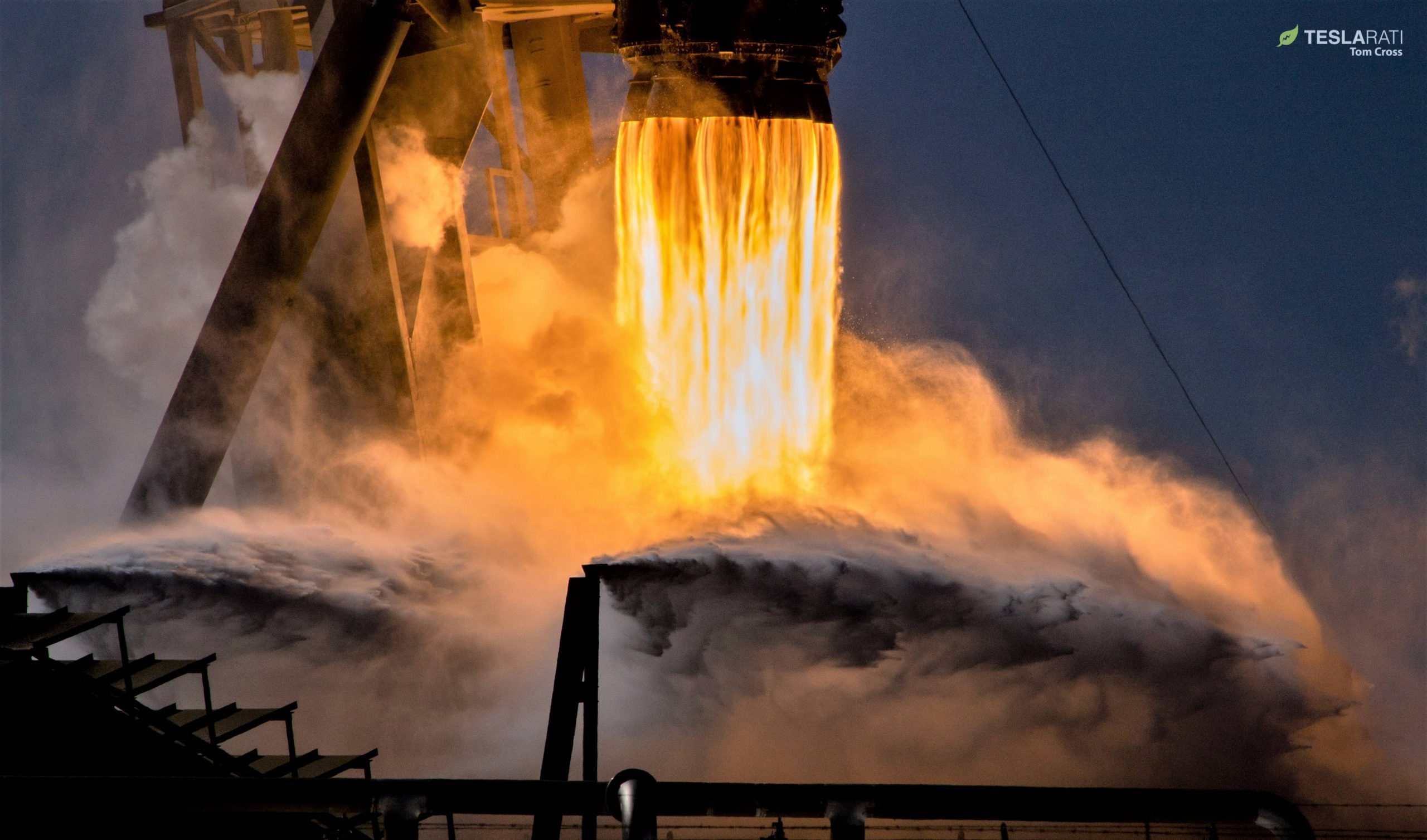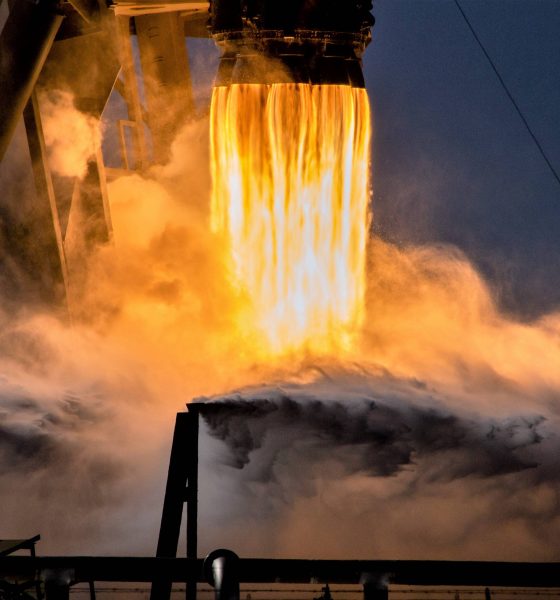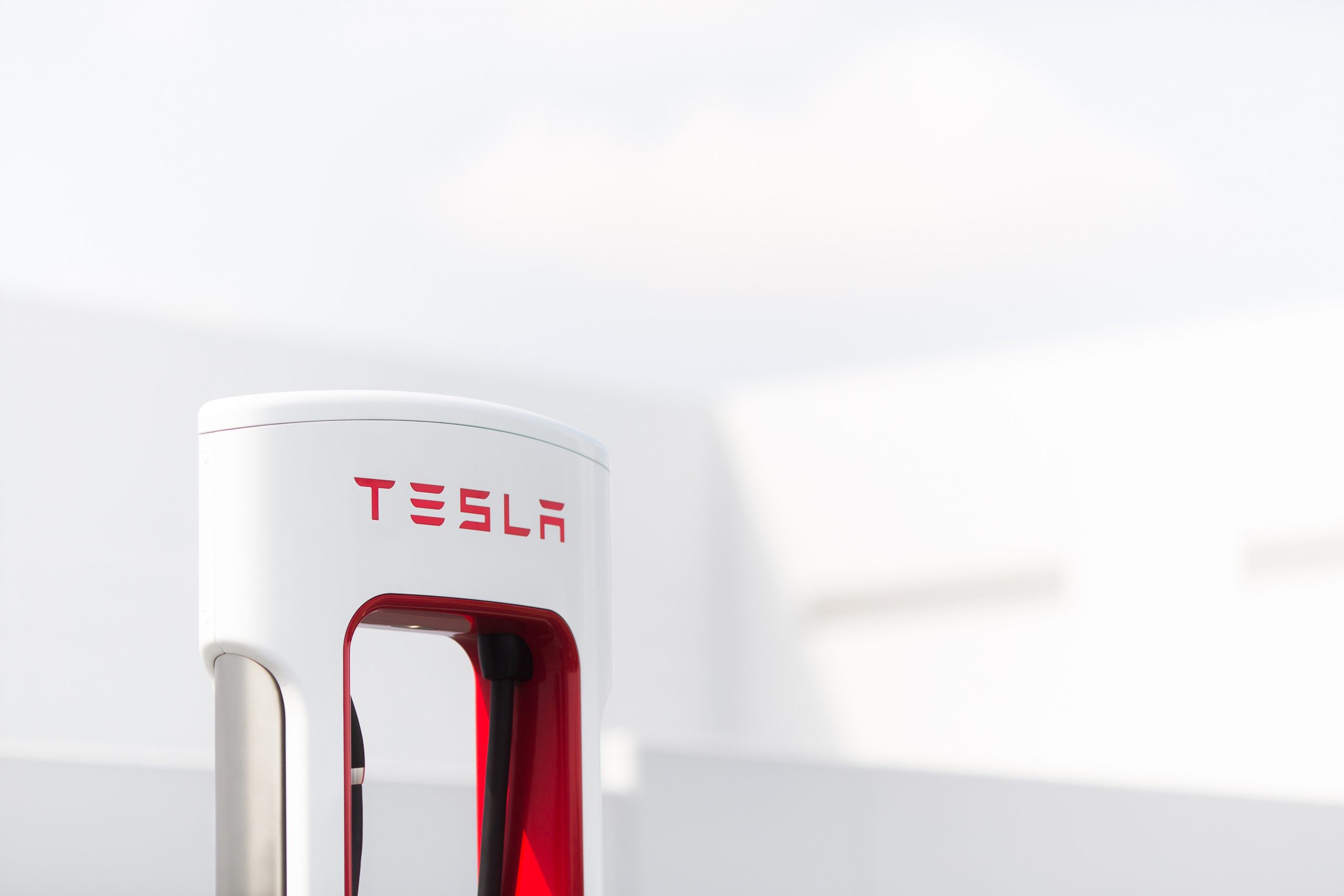

News
SpaceX set to launch reused Dragon on a new Falcon 9 as NASA requests delay
An electrical fault aboard the International Space Station (ISS) has forced NASA to delay SpaceX’s CRS-17 Cargo Dragon launch from May 1st to May 3rd, giving the station’s crew more time to fix the issues at hand.
A new Falcon 9 Block 5 booster is tasked with launching the spacecraft and completed a static fire test at SpaceX’s LC-40 pad on April 27th. The Cargo Dragon capsule, however, completed its first orbital resupply mission (CRS-12) in September 2017 and has since been refurbished for a second launch. After CRS-17, three launches remain on SpaceX’s CRS1 NASA contract between now and early 2020, after which Dragon 2 (i.e. Crew Dragon) is expected to take over. However, a recent failure during a Crew Dragon test have thrown those plans into question.
Cargo Dragon’s 17th mission
Known as C113, the CRS-12 capsule is the last Dragon 1 manufactured by SpaceX, leaving a fleet of five flight-proven spacecraft for SpaceX to complete the eight remaining ISS resupply missions under its Commercial Resupply Services 1 (CRS1) contract. CRS-17 is the latest installment in SpaceX’s ISS resupply saga and is manifested with ~2500 kg (5500 lb) of cargo.
Along for the ride are NASA’s Orbiting Carbon Observatory-3 (OCO-3) and the multi-experiment STP-H6 investigation, two large pieces of hardware that will be delivered to the ISS in Dragon’s unpressurized trunk. After being berthed to the ISS, astronauts will unpack dozens of packages stored inside Cargo Dragon’s cabin. Sometime later, the station’s Canadarm2 will be used to grab OCO-3 and STP-H6 and install each on the outside of the space station, where they will hopefully live long and scientifically fruitful lives.
SpaceX and NASA have assigned a new Falcon 9 Block 5 booster – likely B1056 – to launch CRS-17. To preserve the scene of Crew Dragon C201’s April 20th explosion, the booster will attempt to land around 20 miles (32 km) offshore aboard drone ship Of Course I Still Love You (OCISLY). Originally scheduled for April 25th, CRS-17 was delayed to the 26th, 30th, 1st, and now May 3rd, most of which were requested by NASA for ISS scheduling purposes.
The latest delay – from May 1st to no earlier than (NET) May 3rd – was triggered by an unexpected electrical fault aboard the ISS, cutting the redundancy of its Canadarm2 (SSRMS) control systems from two strings to one. In other words, Canadarm2 – used to ‘grapple’ and berth spacecraft like Cargo Dragon and Cygnus to the station – is now just one electrical fault away from being rendered inoperable. CRS-17 will stay grounded until two-string (i.e. single fault) redundancy is returned to Canadarm2 and additional impacted systems.
In the event that ISS astronauts and NASA ground control are able to repair the electrical systems in a timely fashion, CRS-17 is scheduled to launch at 3:11 am EDT (07:11 UTC) on May 3rd.

In the shadow of Crew Dragon
A recent catastrophic failure of Crew Dragon (i.e. Dragon 2) raises serious questions about SpaceX’s follow-up CRS2 contract, but the nominal plan involves retiring Dragon 1 after CRS-20 and flying all future cargo missions with flight-proven Crew Dragon spacecraft. In the likely event that Crew Dragon C201’s failure delays SpaceX’s CRS2 schedule by several months, there are contingency plans to continue flying refurbished Dragon 1 spacecraft.
However, each Dragon 1 was designed for a maximum of three orbital missions, meaning that SpaceX’s current capsule fleet can support no more than six additional resupply missions before they reach the end of their usable lifespans. SpaceX thus has two potential buffer missions – CRS-21 and CRS-22 – that could theoretically account for up to a year of Dragon 2 delays. Beyond that, additional Dragon 2 delays could create a gap where NASA would have to supply the ISS without SpaceX’s services.
In a best-case scenario, SpaceX and NASA will quickly uncover an unequivocal culprit of C201’s catastrophic explosion, fix the technical and organizational failures that allowed it to happen, and be back on their feet in no time. In reality, it’s likely that the failure will delay future Crew Dragon (and thus Dragon 2) launches by a minimum of 6-12 months. SpaceX will likely need to change up the launch order of its capsules, reassigning DM-2’s Crew Dragon to the in-flight abort (IFA) test and the US Crew Vehicle 1 (USCV-1) Crew Dragon to SpaceX’s first crewed demonstration mission (DM-2). After such a serious and potentially fatal failure, it’s even possible that NASA will require an additional uncrewed orbital launch before permitting SpaceX to fly astronauts on Crew Dragon.
Given that SpaceX’s nominal CRS2 plan involved lightly modifying and reusing Dragon 2s after crewed missions, the future (and schedule) of the company’s Cargo and Crew contracts are intimately intertwined. With any luck, SpaceX and NASA will be able to solve the technical, organizational, and logistical problems now facing them and ensure a stable future for Dragon 2. In the meantime, Cargo Dragon’s CRS-17 mission offers SpaceX a chance to partially verify that Cargo Dragon C201’s issues are are relegated to Dragon 2 and Dragon 2 alone.
Check out Teslarati’s Marketplace! We offer Tesla accessories, including for the Tesla Cybertruck and Tesla Model 3.

News
Tesla FSD’s newest model is coming, and it sounds like ‘the last big piece of the puzzle’
“There’s a model that’s an order of magnitude larger that will be deployed in January or February 2026.”

Tesla Full Self-Driving’s newest model is coming very soon, and from what it sounds like, it could be “the last big piece of the puzzle,” as CEO Elon Musk said in late November.
During the xAI Hackathon on Tuesday, Musk was available for a Q&A session, where he revealed some details about Robotaxi and Tesla’s plans for removing Robotaxi Safety Monitors, and some information on a future FSD model.
While he said Full Self-Driving’s unsupervised capability is “pretty much solved,” and confirmed it will remove Safety Monitors in the next three weeks, questions about the company’s ability to give this FSD version to current owners came to mind.
Musk said a new FSD model is coming in about a month or two that will be an order-of-magnitude larger and will include more reasoning and reinforcement learning.
He said:
“There’s a model that’s an order of magnitude larger that will be deployed in January or February 2026. We’re gonna add a lot of reasoning and RL (reinforcement learning). To get to serious scale, Tesla will probably need to build a giant chip fab. To have a few hundred gigawatts of AI chips per year, I don’t see that capability coming online fast enough, so we will probably have to build a fab.”
NEWS: Elon Musk says FSD Unsupervised is “pretty much solved at this point” and that @Tesla will be launching Robotaxis with no safety monitors in about 3 weeks in Austin, Texas. He also teased a new FSD model is coming in about 1-2 months.
“We’re just going through validation… https://t.co/Msne72cgMB pic.twitter.com/i3wfKX3Z0r
— Sawyer Merritt (@SawyerMerritt) December 10, 2025
It rings back to late November when Musk said that v14.3 “is where the last big piece of the puzzle finally lands.”
With the advancements made through Full Self-Driving v14 and v14.2, there seems to be a greater confidence in solving self-driving completely. Musk has also personally said that driver monitoring has been more relaxed, and looking at your phone won’t prompt as many alerts in the latest v14.2.1.
This is another indication that Tesla is getting closer to allowing people to take their eyes off the road completely.
Along with the Robotaxi program’s success, there is evidence that Tesla could be close to solving FSD. However, it is not perfect. We’ve had our own complaints with FSD, and although we feel it is the best ADAS on the market, it is not, in its current form, able to perform everything needed on roads.
But it is close.
That’s why there is some legitimate belief that Tesla could be releasing a version capable of no supervision in the coming months.
All we can say is, we’ll see.
Investor's Corner
SpaceX IPO is coming, CEO Elon Musk confirms
However, it appears Musk is ready for SpaceX to go public, as Ars Technica Senior Space Editor Eric Berger wrote an op-ed that indicated he thought SpaceX would go public soon. Musk replied, basically confirming it.

Elon Musk confirmed through a post on X that a SpaceX initial public offering (IPO) is on the way after hinting at it several times earlier this year.
It also comes one day after Bloomberg reported that SpaceX was aiming for a valuation of $1.5 trillion, adding that it wanted to raise $30 billion.
Musk has been transparent for most of the year that he wanted to try to figure out a way to get Tesla shareholders to invest in SpaceX, giving them access to the stock.
He has also recognized the issues of having a public stock, like litigation exposure, quarterly reporting pressures, and other inconveniences.
However, it appears Musk is ready for SpaceX to go public, as Ars Technica Senior Space Editor Eric Berger wrote an op-ed that indicated he thought SpaceX would go public soon.
Musk replied, basically confirming it:
As usual, Eric is accurate
— Elon Musk (@elonmusk) December 10, 2025
Berger believes the IPO would help support the need for $30 billion or more in capital needed to fund AI integration projects, such as space-based data centers and lunar satellite factories. Musk confirmed recently that SpaceX “will be doing” data centers in orbit.
AI appears to be a “key part” of SpaceX getting to Musk, Berger also wrote. When writing about whether or not Optimus is a viable project and product for the company, he says that none of that matters. Musk thinks it is, and that’s all that matters.
It seems like Musk has certainly mulled something this big for a very long time, and the idea of taking SpaceX public is not just likely; it is necessary for the company to get to Mars.
The details of when SpaceX will finally hit that public status are not known. Many of the reports that came out over the past few days indicate it would happen in 2026, so sooner rather than later.
But there are a lot of things on Musk’s plate early next year, especially with Cybercab production, the potential launch of Unsupervised Full Self-Driving, and the Roadster unveiling, all planned for Q1.
News
Tesla adds 15th automaker to Supercharger access in 2025

Tesla has added the 15th automaker to the growing list of companies whose EVs can utilize the Supercharger Network this year, as BMW is the latest company to gain access to the largest charging infrastructure in the world.
BMW became the 15th company in 2025 to gain Tesla Supercharger access, after the company confirmed to its EV owners that they could use any of the more than 25,000 Supercharging stalls in North America.
Welcome @BMW owners.
Download the Tesla app to charge → https://t.co/vnu0NHA7Ab
— Tesla Charging (@TeslaCharging) December 10, 2025
Newer BMW all-electric cars, like the i4, i5, i7, and iX, are able to utilize Tesla’s V3 and V4 Superchargers. These are the exact model years, via the BMW Blog:
- i4: 2022-2026 model years
- i5: 2024-2025 model years
- 2026 i5 (eDrive40 and xDrive40) after software update in Spring 2026
- i7: 2023-2026 model years
- iX: 2022-2025 model years
- 2026 iX (all versions) after software update in Spring 2026
With the expansion of the companies that gained access in 2025 to the Tesla Supercharger Network, a vast majority of non-Tesla EVs are able to use the charging stalls to gain range in their cars.
So far in 2025, Tesla has enabled Supercharger access to:
- Audi
- BMW
- Genesis
- Honda
- Hyundai
- Jaguar Land Rover
- Kia
- Lucid
- Mercedes-Benz
- Nissan
- Polestar
- Subaru
- Toyota
- Volkswagen
- Volvo
Drivers with BMW EVs who wish to charge at Tesla Superchargers must use an NACS-to-CCS1 adapter. In Q2 2026, BMW plans to release its official adapter, but there are third-party options available in the meantime.
They will also have to use the Tesla App to enable Supercharging access to determine rates and availability. It is a relatively seamless process.











